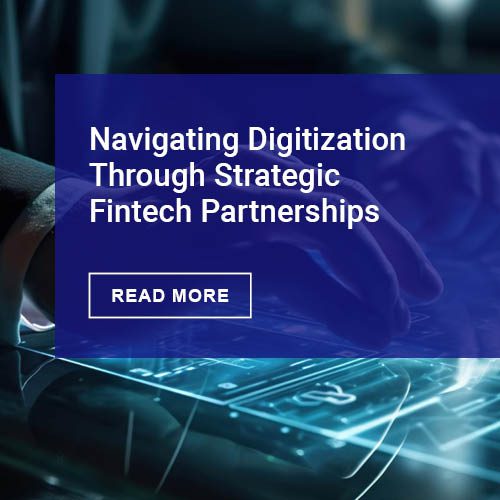There is no question that Buy Now Pay Later (BNPL) disrupted the credit card industry, but several questions exist: how do you scale and how is the pricing model engineered to return a fair profit?
The calculus of credit cards is relatively simple. Lenders attract borrowers, and typically price their products by risk tranches. The better the credit, the lower the pricing. This helps cover the risk of charge-off. Then you add user and punitive fees to cover costs and servicing expenses. Add in revenue assessed. Add in revenue assessed to merchants, under the rubric of credit card interchange. You have a business model that earns interest based on the spread between funding and usage, another aspect that pushes costs to varying types of accounts, and a third income channel that accounts for fraud risk and technology investments. You can find a deeper explanation in this Mercator Advisory document.
This operating model worked well over the past 60 years of credit cards. The model helped credit card issuers expand throughout the world, with risk-based pricing, the ability to foster inclusion, and relatively strong fraud mitigation strategies.
The credit card model is under siege from three angles as 2021 kicks off. Borrowing and revolving credit is down because of less consumer confidence and more conservative lending during the COVID-pandemic. Risks are on the rise as the healthcare crisis continues and businesses close and unemployment runs at higher levels. And free-wheeling lending that targets small ticket items operates with relatively little credit discipline.
Today’s WSJ talks about a shift in Australian credit cards. In the example, National Australia Bank (NAB) offers a credit card model that carries no interest. The concept is positioned as innovative and customer focused, but it may not be as novel as described.
- Interest charges have been one of the defining features of credit cards for decades and so when an employee at a big Australian bank suggested getting rid of them, he was taking a risk.
- “He said, ‘Well, what about a no-interest credit card?’ ” said Rachel Slade, personal banking group executive at National Australia Bank Ltd. NABZY 0.78% , recalling a feedback session at one of the lender’s Melbourne offices. “And everyone’s like, ‘What? That’s not how a credit card works.’ ”
The interest free model is not new. If you look at the decades-old Islamic credit cards, where “the rules of Islamic Finance” prohibit Riba (interest) and Gharar (uncertainty), you will find that there are workarounds that offset the Western model of Interest, Fees, and Interchange. The model is at least 13 centuries old. Instead of interest, you book a serving fee-a horse of a different color.
As the WSJ describes:
- National Australia Bank, known locally as NAB, launched a no-interest credit card in September. Users get a fixed line of credit and the bank levies a monthly fee, which is refunded if the customer maintains a zero balance and doesn’t use the card. Commonwealth Bank of Australia, the country’s largest lender by market value, also unveiled a no-interest card last year.
- The experiment isn’t being replicated in the U.S. where most credit-card issuers charge interest when cardholders carry balances. But if they prove to be successful, Australian banks’ no-interest cards could drive change in other markets.
- Fees on the cards offered by NAB and CBA vary according to credit limits. For example, a balance of 1,000 Australian dollars, equivalent to US$777, on CBA’s no-interest card could accrue nearly US$373 in fees over 40 months if there is an outstanding balance each month. The same balance on the NAB card repaid at that product’s minimum rate would cost about US$225 over 29 months.
And, a credit manager’s nightmare:
- In Australia, buy-now-pay-later services don’t need to verify income or check existing debts held by users, which makes it easier for consumers to gain access to those products than a traditional credit card.
At the end of the day, investors, whether they be institutional funds, or mainstream shareholders, need to benefit from their investments. The risks and rewards of lending are not cheap, nor are they free. The Islamic model, or now the recast “Australian” model, still must cover financing cost, infrastructure, and risk. There is probably little to be excited about, other than the feel-good promise of “no-interest”, but still the piper must be paid.
Overview by Brian Riley, Director, Credit Advisory Service at Mercator Advisory Group











